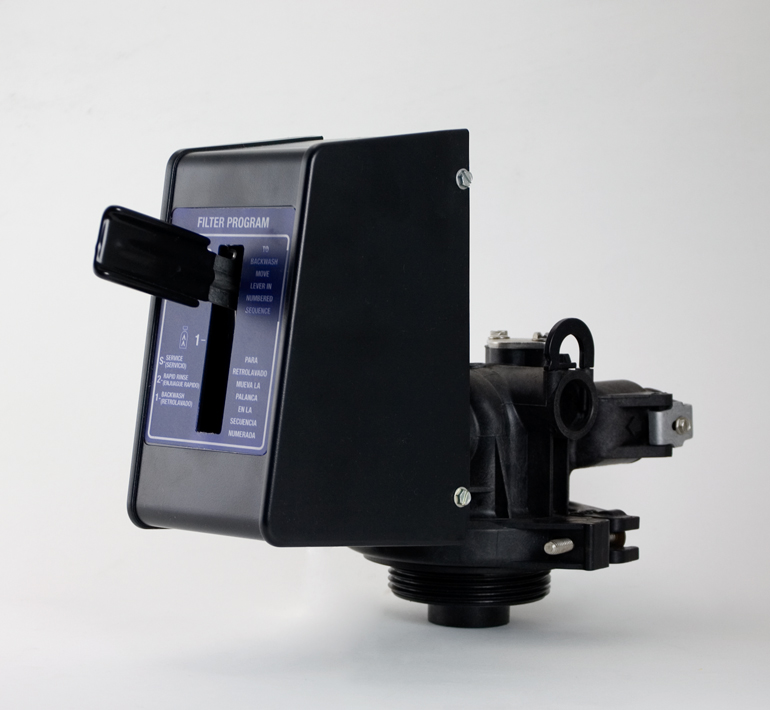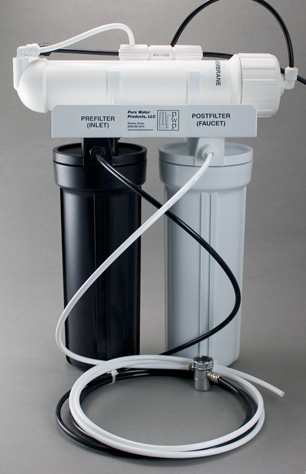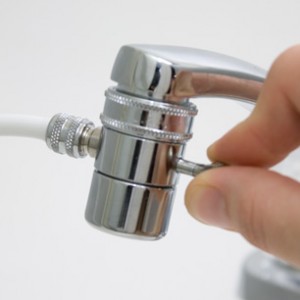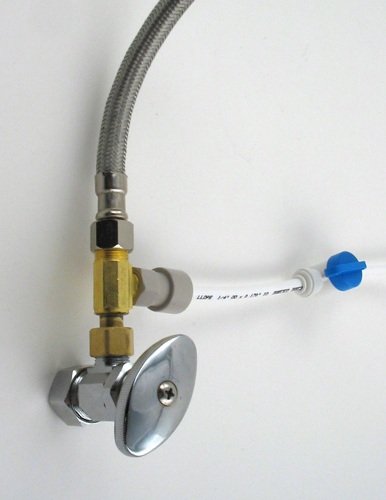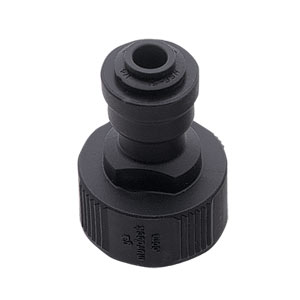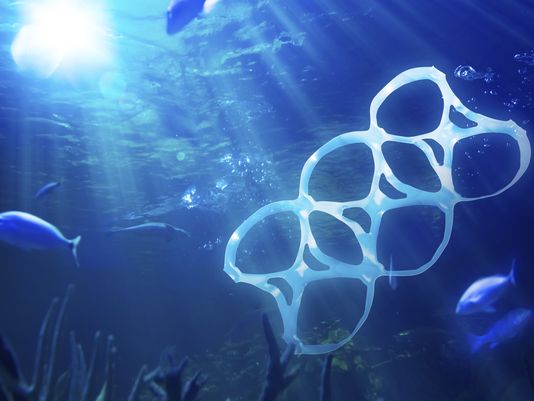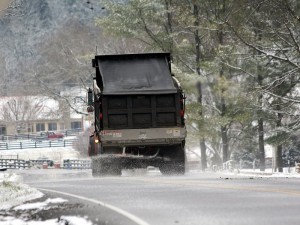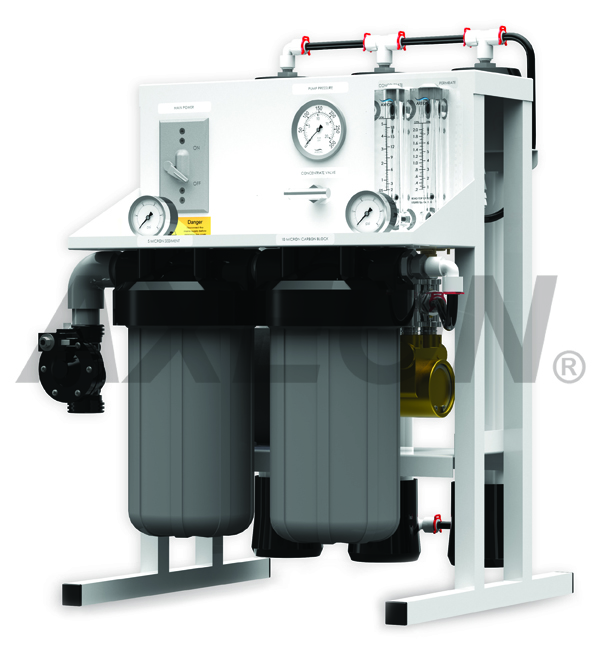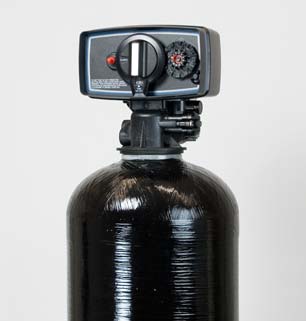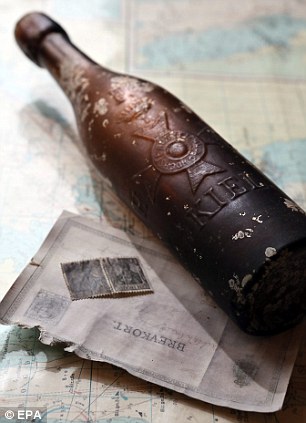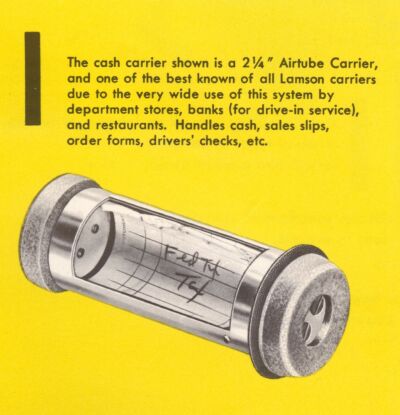Manual Filter Controls: A case where simple is sometimes better
by Gene Franks
Backwashing water filters used for removal of sediment, chlorine, chemicals, iron, hydrogen sulfide odor and many other water contaminants are regulated by control devices that range from simple to very complex. The main function of the valve is to control the time and duration of backwash (where water is reversed in the filter tank to clean and resettle the media bed) and rinse (where water is pushed downward through the media at a fast rate to rinse and settle it after the backwash).
These functions can be controlled by fully electronic or electrically driven mechanical timing devices that regenerate the filter at preset times and for preset durations. The electronic versions are more versatile than the mechanical and offer many more options. For example, an electronic controller can be set up to regenerate the filter every other Sunday at 3:51 AM, backwashing for 6 minutes then rinsing for one minute. Depending on the product, mechanical timers offer fewer options. With the most popular mechanical control (the Fleck 5600), for example, you could choose to regenerate every day, every other day, every third day, fourth day, every sixth day, or every 12th day, but you could not choose to regenerate every Sunday or every eighth day. With the standard 5600 you also have no control over duration of the functions: it’s a 15 minute backwash and a 10 minute rinse whether your filter needs this much time or not. (Unless you’re running an iron filter or have very sandy well water, you probably don’t need this much time, but the filter is preset to accommodate the “worst case” user so even clean city water gets a 15-minute backwash.)
Totally Manual Control
A less frequently used control valve is the totally manual (non-electric) Fleck 2510 control pictured below.
This control valve requires no electricity and no programming. It has a three-choice selection lever that send water to the home (Service position), backwashes the filter, or rinses the filter.
This very simple valve not only costs less, but it works better in some situations than more expensive controllers. Here are some examples.
- Remote areas where there is no electricity.
- If you have electricity, but it isn’t dependable. It’s easier to manually regenerate a filter than to repeatedly reset an electric control system.
- Seasonal homes or homes where the inhabitants travel frequently. It’s easier to backwash your filter manually than to constantly reset an automatic system to fit your schedule.
- When backwash duration requirement might change. Some wells take on large amounts of sediment after a rain, or a city water filter might pick up a large amount of dirt when there is city water line maintenance,. At such times, it’s easier to simply give the filter its needed backwash manually than to reprogram your electronic controller.
- If price is important. Substituting a manual backwash control can cut several dollars off the purchase price of a standard backwashing filter.
- If saving water is important. If you want to backwash your clean city water carbon backwashing filter once a month for five minutes only (not an unreasonable schedule). you can save almost 300 gallons per month, as compared with a standard electro-mechanical control valve!
You can find a manual controller as well as a variety of automatic controllers here.





